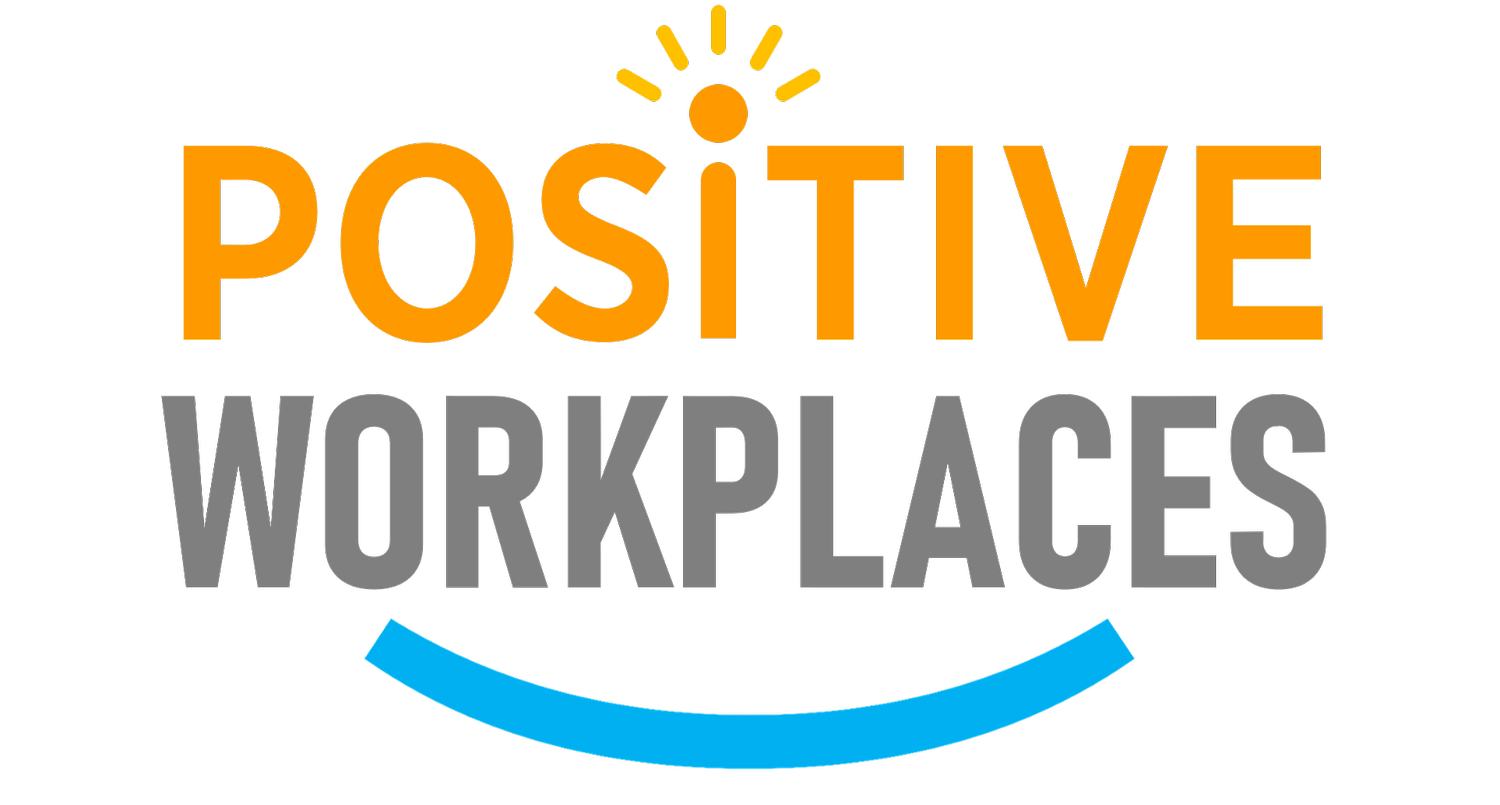How to Have Difficult Conversations at Work
Difficult conversations are an inevitability, and given today’s workplace challenges, they must be done with care. According to Tammy Dunnett, communication coach and CEO of Relationship Revolution, the level of care in a conversation determines the success of a relationship, which consequently determines the success of a team. After all, 69% of employees said they would work harder if they feel more appreciated. Feeling cared can also act as a buffer against stress, promote resilience, and encourage people to care for others as well.
Start With You...
Give yourself time and space to figure out what you really feel. Emotions are helpful, but they must not cloud facts. Ask yourself if this conversation is worth having: a metric set by Dunnett is if you’re still bothered by an issue even a day after, then it’s something you must bring up to avoid further conflict.
...Then Pause Your Perceptions
Recognize your perceptions, but also be willing to set it aside. Let the other person know how you see things and use this conversation to align your perceptions. Ask them, “I see/feel/think… Am I interpreting things similarly as you?” If not, ask them to help you understand their perspective. Ask as many questions as you can to reduce any frustrations of miscommunication.
In the same way, be willing to provide them context as to why you see things the way you do. If you are a manager, employees are often not warranted the same bird’s eye view as you and may not be aware of how their behavior and performance affect the rest of the team. It pays to give them the benefit of the doubt.
Have A Plan
The more prepared you are, the clearer your conversation will be. It also helps keep emotions in check by solidifying your talking points and having those to fall back on while your conversation happens. Keep your outcome in mind, and remember that the conversation, while important, is just a means towards that end. Have as much concrete examples and ground your perspective on facts, so you and the person you are speaking with have a bottomline that both of you see similarly.
Let Them Know That the Conversation is Not A Punishment
Inform the other person that this talk benefits them as well. You can say, “I value you and our relationship, and I think there’s a way we can make it better…”
Clearly state the reason why you’re having a conversation in the first place, and be specific with the outcomes you would like to see. This will give them something tangible to work towards. Lastly, make sure to avoid any discouraging language that dwells too long on their shortcomings; use this opportunity to steer them in the right direction and offer help on how they can better meet goals in the future.
Ensure that the Conversation is Two-Way
Give the other person a safe space to process their emotions and share their perspective. You need not have a perfect plan of resolution before you start the conversation; in fact, it would work better if collaboration occurs between the two of you, to make sure you both feel comfortable with the next steps.
Watch our free webinar on languages of appreciation at the workplace:


